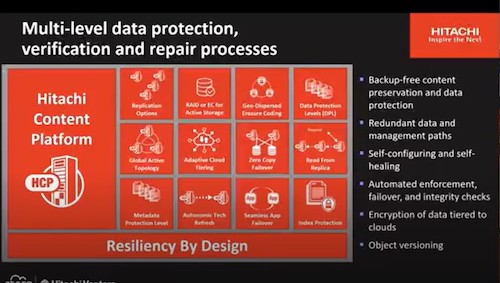In the dynamic landscape of connected networks, the surge in edge devices and the rapid data generation at the edge present significant challenges for building a robust, cyber-resilient infrastructure.
IT teams and solution providers are racing to stay ahead of attacks, as edge computing has gone from buzzword to reality. The latest research from IDC reveals that global spending on edge computing by both enterprises and service providers is poised to hit $208 billion in 2023, marking a remarkable surge of more than 13 percent compared to the previous year. Projections indicate a continuous upward trajectory, with the anticipated growth pushing the expenditure to nearly $317 billion by 2026.
Noteworthy use cases contributing to this expansion include the integration of edge computing in autonomous vehicles, robotic-driven warehouses, and military applications, such as sophisticated targeting software for unmanned drones, which are reliant on extensive sensor data. In addition, in healthcare, edge computing is playing a pivotal role in realizing telehealth and facilitating robotic surgery in remote areas, demonstrating its transformative potential in diverse industry sectors.
Identify and Secure Where Data is Stored
This global proliferation of edge devices has escalated the number of reported attacks, forcing IT teams and solution partners to take a closer look at edge access points and vulnerabilities. In the webinar, "Navigating the Edge: Challenges Building a Cyber Resilient Infrastructure," industry experts discuss the inherent obstacles of securing edge devices. The panel includes:
- Douglas Wilson, content portfolio file product manager, Hitachi Vantara
- Greg van der Gaast, former hacker, FBI & DoD operative, author, advisor, CISO, and current chief technologist, security for CDW
- Aron Brand, CTO, CTERA
The panelists explore the intricacies of ensuring data integrity, privacy, and security in a decentralized data environment. The discussion addresses the unique complexities of safeguarding information at the edge, as solution providers need to find practical strategies to strengthen cyber resilience, starting by focusing on innovative approaches tailored to securing data at the edge.
One of the first pieces of advice from the group: be vigilant and proactive. “You have to be able to do proactive detection of security threats to edge devices,” explains Brand from CTERA. “You need multiple layers of security, and you have to use multiple pillars to protect against attacks on the edge.”
Wilson notes that older, legacy equipment is one of the biggest challenges in providing security in a decentralized landscape. “Hitachi Vantara recently audited a company that had a very old Windows 2000 Server—and anyone could access it. Their chief security officer was shocked to find it was there. His jaw hit the floor when he realized that his company had this open server out there, holding regulated data,” he says.
Wilson went on to describe a key takeaway from this customer: “Having the knowledge of everything on your infrastructure, especially when it is distributed, is highly important from a security perspective.”
Doing Business Securely
Another tip from the group: Evaluate what “good security” looks like in terms of provisioning users and assets. More specifically, Van Der Gaast recommends, “Don’t do cybersecurity, do business securely.” While IT teams and solution providers can do security scanning and vulnerability testing, “the number one thing that will help you sleep at night is knowing you can recover the data,” he adds.
The group also agrees that companies need to be proactive securing their perimeter, and that reactive measures are no longer acceptable.
Further in the discussion, Wilson outlines Hitachi Vantara’s multi-level data protection, verification, and repair processes, which can protect companies from outside attacks and internal bad actors. He notes how Hitachi Vantara’s recommended approach adds multiple layers of security, giving specific administrators access to only their segments of data.
Watch the full webinar discussion now.
Image Credit: HItachi Vantara webinar: Navigating the Edge: Challenges Building a Cyber Resilient Infrastructure


